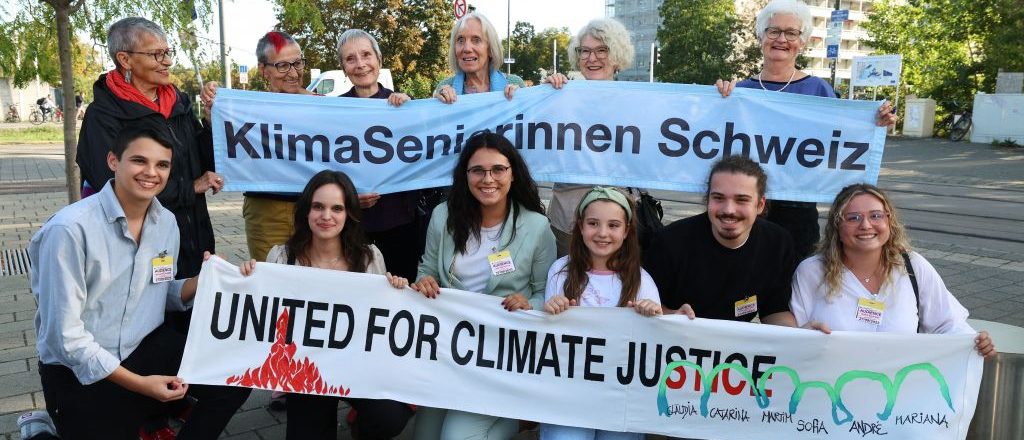Hamas rejects Israeli ceasefire proposal: Key points revealed

Shafaq News/ Hamas stated early on Tuesday that Israel’s proposal, received via Qatari and Egyptian mediators, failed to meet the demands of Palestinian factions. However, the group stated that it would examine the proposal, characterized as “intransigent,” and communicate its response to the mediators.
A Hamas official informed Reuters on Monday that the group had rejected the Israeli ceasefire proposal discussed in Cairo.
Both Israel and Hamas dispatched teams to Egypt on Sunday for talks involving Qatari and Egyptian mediators, as well as CIA Director William Burns. Burns’ involvement underscored mounting pressure from the U.S., Israel’s primary ally, for an agreement to free Israeli hostages in Gaza and provide aid to needy Palestinian civilians after six months of conflict.
However, senior Hamas official Ali Baraka told Reuters, “We reject the latest Israeli proposals the Egyptian side conveys. The politburo convened today and made this decision.”
Another Hamas official, speaking anonymously, told Reuters that the negotiations had not progressed. “There is no change in the occupation’s (Israel’s) position, so there is no new development in the Cairo talks,” the official stated. “There has been no progress thus far.”
Israel expressed a willingness to negotiate a prisoner-for-hostage swap, wherein it would release Palestinians held in its prisons in exchange for hostages in Gaza. However, Israel insisted it would not halt its military offensive until it entered Rafah.
Israeli Prime Minister Benjamin Netanyahu indicated that a timeline had been set for an incursion into Rafah, Gaza’s last refuge for displaced Palestinians.
As per the Agence France-Presse mentioned proposal, the initial stage involves releasing 42 Israeli hostages (including soldiers, children, and elderly individuals) in exchange for 800 to 900 Palestinians held in Israeli prisons, including roughly a hundred serving lengthy sentences, including life imprisonment, as explained by an anonymous source close to the negotiations.
AFP noted that the initial stage also encompasses facilitating the return of displaced Palestinian civilians to northern Gaza, with 400 to 500 aid trucks allowed entry daily.
The second stage entails the release of all remaining hostages.
The third and final stage calls for a complete Israeli army withdrawal from Gaza and the lifting of the blockade imposed by Israel on the territory since Hamas’s 2007 takeover.
Israel estimates that Gaza currently holds 129 hostages, including 34 who have died.”
Netanyahu stated, “We are continually striving for our objectives, primarily the release of all our hostages and achieving a decisive victory over Hamas.” He added, “This victory necessitates entering Rafah and neutralizing the terrorist elements there. It will happen – a date has been set,” without specifying the date.
Israel estimates that Gaza currently holds 129 hostages, including 34 who have died.
Israel faces mounting international pressure, including from its primary ally and arms provider, the United States, to agree to a ceasefire. It also faces increasing calls to refrain from launching an offensive against Rafah, a densely populated city in southern Gaza.
RSF asserts that 'journalists should be allowed to cover' an active war 'safely'
Issued on: 09/04/2024 - 
Gaza war rages as Hamas studies truce proposal
Gaza Strip (Palestinian Territories) (AFP) – Israel bombed targets in Gaza on Tuesday after Prime Minister Benjamin Netanyahu insisted the army would destroy Hamas despite ongoing Cairo talks towards a ceasefire and hostage deal.
Issued on: 09/04/2024
More than six months into the war, Hamas said it was "studying" a new proposal for a temporary truce, submitted during the talks with US, Qatari and Egyptian mediators.
Under the plan, fighting would stop for six weeks, about 40 women and child hostages would be exchanged for hundreds of Palestinian prisoners, and up to 500 aid trucks would enter Gaza per day, a Hamas source said.
Hamas said it "appreciates" the mediators' latest efforts but accused Israel of failing to respond to its demands including a full withdrawal of forces from Gaza.
Netanyahu stressed -- despite growing pressure from top ally the United States -- that Israel would pursue the twin goals of bringing home "all our hostages" and destroying Hamas after its October 7 attack.

In a video message Monday, the premier said Israeli forces would storm Gaza's far-southern city of Rafah on the Egyptian border, despite global concern for the fate of around 1.5 million Palestinians sheltering there.
"This victory requires entry into Rafah and the elimination of the terrorist battalions there," Netanyahu said.
"It will happen -- there is a date," he vowed without saying when he plans to send troops into the last city in Gaza yet to face a ground invasion.
Netanyahu reiterated that message on Tuesday during a visit to a military base, saying: "No force in the world will stop us."
US officials renewed their objections to a Rafah operation, following a phone call last week between President Joe Biden and Netanyahu.
"We have made clear to Israel that we think a full-scale military invasion of Rafah would have an enormously harmful effect on those civilians and that it would ultimately hurt Israel's security," said State Department spokesman Matthew Miller.
Israel has invited tenders for 40,000 large tents, according to a document on the defence ministry website -– part of its preparations to evacuate Rafah ahead of an offensive, a government source told AFP on condition of anonymity.
'Gaza is not Gaza anymore'
The carnage left by the bloodiest ever Gaza war was on display in the southern city of Khan Yunis, a wasteland of shattered buildings and mountains of rubble after months of heavy bombardment and street fighting.
 Gazans returning to the city of Khan Yunis confronted mounds of rubble where houses and shops once stood © - / AFP
Gazans returning to the city of Khan Yunis confronted mounds of rubble where houses and shops once stood © - / AFPDisplaced Palestinians began to return after Israeli forces pulled out on Sunday in what the army said was a tactical and temporary withdrawal.
As Palestinians readied for Wednesday's Eid al-Fitr holiday marking the end of the fasting month of Ramadan, they were stunned at the apocalyptic sight of hundreds of gutted or collapsed buildings.
"I came to see my home, only to find it destroyed and reduced to a pile of rubble," said Umm Ahmad al-Fagawi.
Another woman said she had come back to find "a ruined place -- no water, no electricity, no columns, no walls and no doors, there's nothing. Gaza is not Gaza anymore."
The war broke out with Hamas's October 7 attack against Israel, which resulted in the deaths of 1,170 people, mostly civilians, according to Israeli figures.

Palestinian militants also took more than 250 hostages, 129 of whom remain in Gaza, including 34 the Israeli army says are dead.
Israel's retaliatory offensive has killed at least 33,360 people in Gaza, mostly women and children, according to the Hamas-run territory's health ministry.
The army said Tuesday it had destroyed "terrorist infrastructure" across Gaza and an "aircraft eliminated a terrorist in Khan Yunis who participated in the October 7 massacre".
In the central Gaza Strip, "troops eliminated a number of terrorists in close-quarter combat," it said. "Several additional terrorists who posed a threat to the troops were eliminated by aircraft strikes and precise sniper fire."
A UN team on Monday inspected Al-Shifa hospital, Gaza's largest, which was devastated in two weeks of fierce fighting.

While the war has destroyed swathes of the Gaza Strip, levelling entire city blocks, an Israeli siege has pushed many of its 2.4 million people to the brink of famine.
Global pressure
Israel, under pressure to step up aid deliveries, on Monday allowed in 419 aid trucks, said the Israeli defence ministry body COGAT, describing it as a daily record since the start of the war.
That is still below the levels the UN says entered the Gaza Strip before the war devastated the territory and its economy.
Israeli officials have blamed aid agencies for not distributing the aid, but those agencies have hit back blaming Israeli restrictions.

Speaking in Geneva, Jens Laerke, a spokesman for the United Nations' humanitarian agency, called the figures provided by Israel on aid distribution "meaningless".
Screening rules, delays at crossings, restrictions on drivers and, most significantly, getting authorisation and assurances from the military that distribution can go ahead unimpeded combined to prevent aid distribution, he said.
Laerke also said food aid was three times more likely to be blocked by Israel than any other kind of aid.
Israel has faced a chorus of global calls to halt the fighting and ease the suffering, including from France, Egypt and Jordan.

French Foreign Minister Stephane Sejourne, demanding that vastly more aid be allowed into Gaza, said there are multiple "levers of influence" available including sanctions.
Turkey said it would impose trade restrictions on Israel, covering cement and steel, sparking an Israeli vow to take retaliatory steps.
burs-jd/dcp/hkb/ami
© 2024 AFP









